A hidden chamber reveals a long buried mystery.
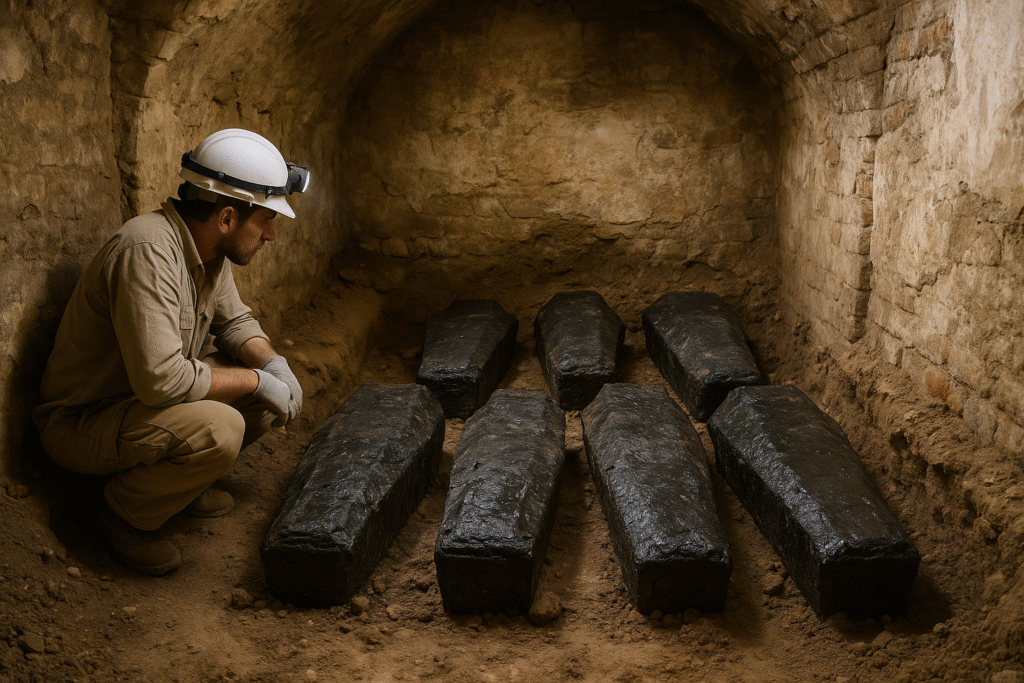
Archaeologists working beneath an old church in Poland recently uncovered a sealed crypt that had gone unnoticed for centuries. What they found inside has opened an unexpected window into the past, revealing clues about status, burial customs and the surprising care people once took in honoring their dead. The discovery quickly turned from a simple excavation into a story filled with unusual materials, layered burials and techniques researchers had never seen before. Now the details emerging from the chamber are reshaping what experts thought they knew.
1. The discovery began beneath a sixteenth century church in Kazimierz Biskupi.
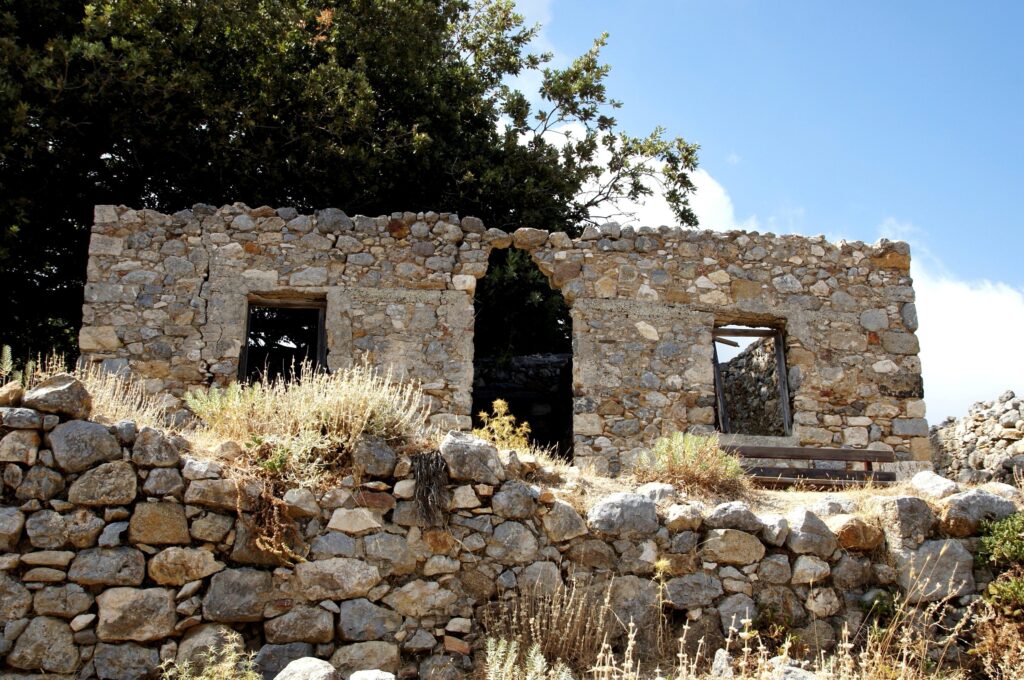
The story starts under the Church of St. John the Baptist and the Five Martyrs in the small Polish town of Kazimierz Biskupi. Archaeologists had been surveying the monastery grounds when they detected a void beneath the altar, and curiosity led them to begin a tunnel nearly 23 feet down. It took more than a month of careful digging before they finally broke through the sealed wall and stepped into a crypt untouched since the seventeenth century.
As they eased inside, their lights revealed six coffins arranged in three stacked layers, each positioned with deliberate care. That first glimpse confirmed that the chamber was not a casual burial site but a carefully curated resting place that someone went to great effort to conceal and preserve.
2. One coffin’s tar and fabric seal hinted at extraordinary preservation efforts.
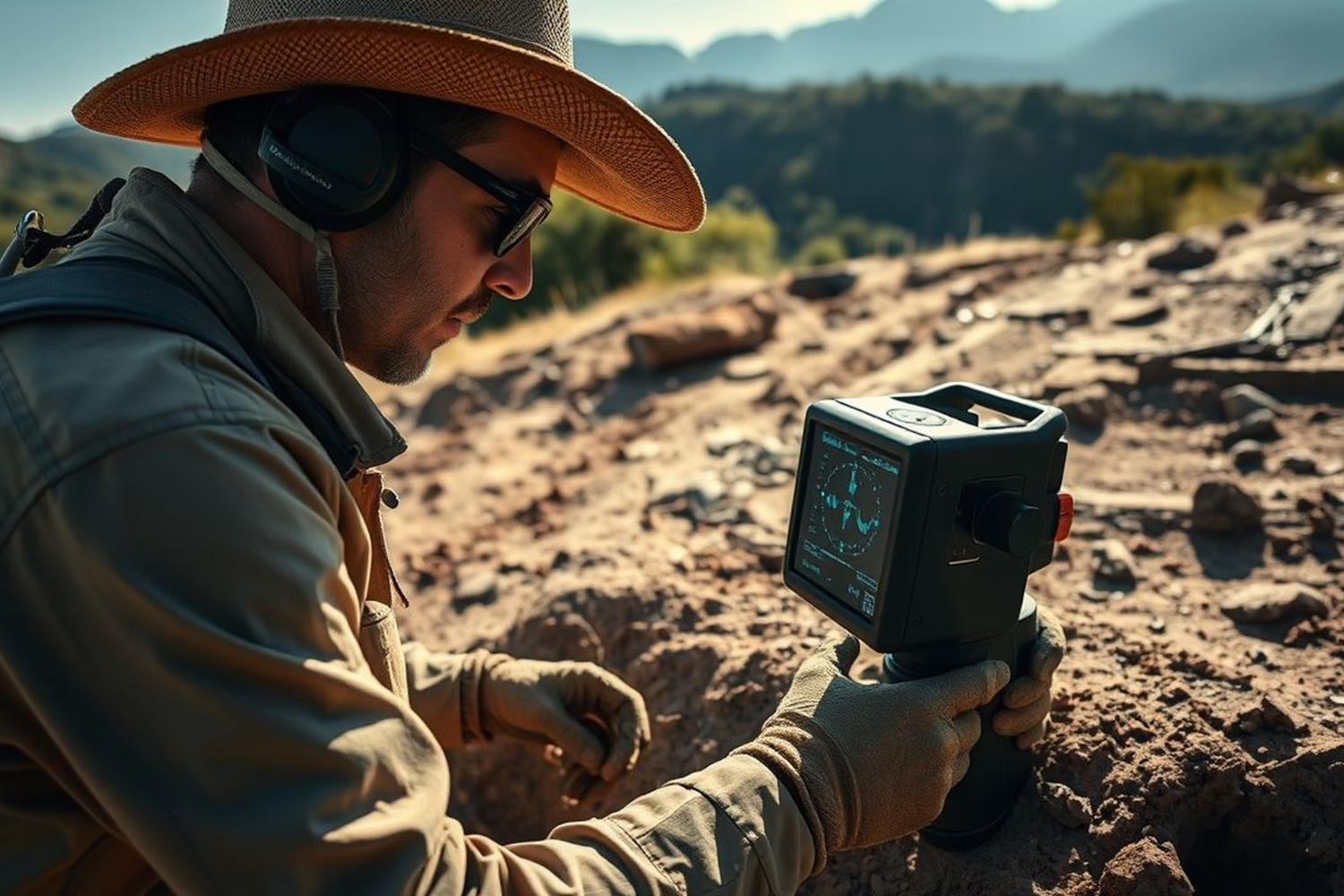
The most arresting piece in the room was a coffin coated in thick black tar and wrapped in multiple layers of fabric. Experts called it a completely new find for Polish archaeology because the fabric and tar “sandwich” has never been documented in any burial site in the country. The sealing method suggests the body may have been transported from a distant region or held for burial longer than usual.
This combination would have worked like a preservation capsule, keeping moisture out while stabilizing the coffin during transport. It immediately marked the deceased as someone who warranted exceptional treatment, making this coffin the centerpiece of the team’s investigation.
3. Tunneling twenty three feet to reach the crypt required modern engineering.
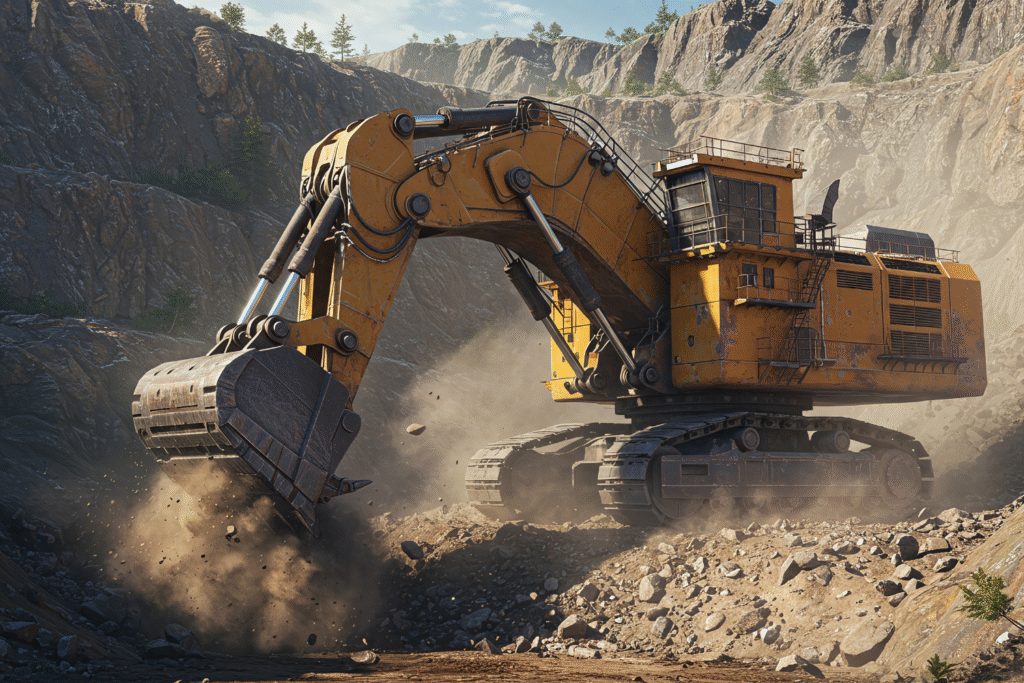
Before uncovering any remains, researchers had to carve a downward passage through compacted earth, stone and centuries of reconstruction. Because the monastery had been rebuilt and reinforced repeatedly since the early 1500s, the crypt’s original entrance had been fully sealed off. The team used mining equipment to avoid damaging the structure above, inching forward over weeks until the chamber’s bricks finally gave way.
The depth and difficulty of the dig explain why the crypt remained hidden so long. No historical records mentioned its existence, and its location directly under the altar made access nearly impossible until modern equipment allowed a safe descent.
4. The monastery’s early history helped reveal who the buried individuals may have been.

The church above the crypt was built between 1513 and 1520, and records show it belonged to a monastic community with ties to local nobility. That context helps narrow the list of possible identities. Burials inside church walls were usually reserved for monks, benefactors or people who contributed significantly to the community. These were not ordinary townspeople but individuals whose names may appear in monastery ledgers, wills or local chronicles.
Knowing the church’s origins helps archaeologists build a profile for the occupants. It also suggests that the crypt may have been used over several generations, slowly accumulating the six interments found inside.
5. Metal rods separating the top coffin suggested elevated status.
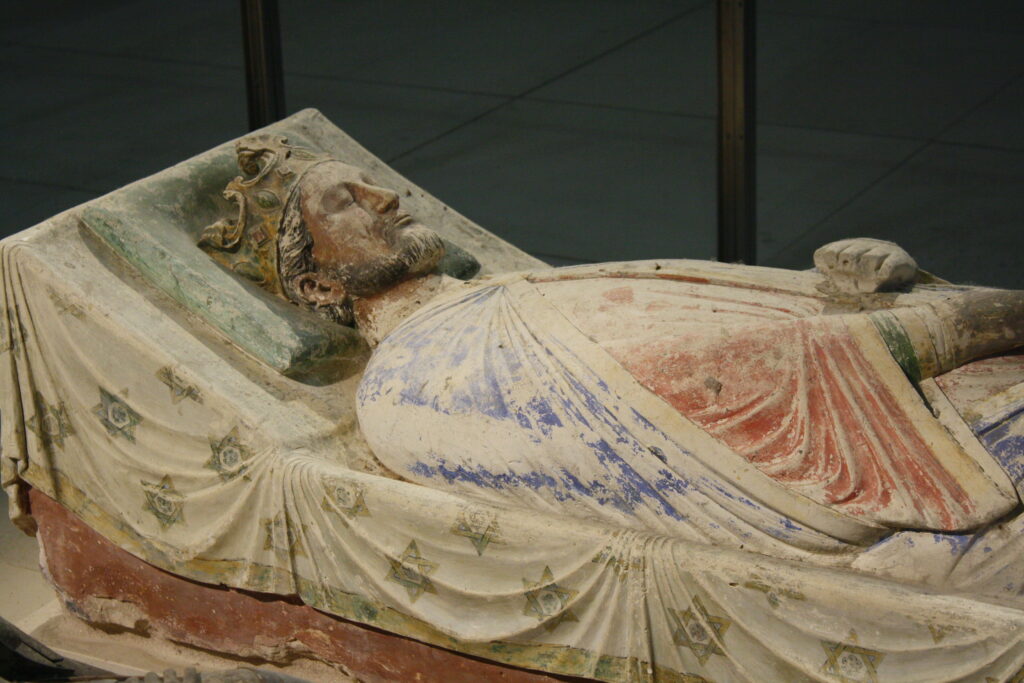
The top coffin in the stack rested on metal rods mounted into the chamber walls. That detail stood out immediately because burials in Poland rarely include metal supports. The rods elevated the coffin physically and symbolically, indicating that the person inside likely held importance beyond the others. It could mean leadership, noble lineage or a connection to the monastery’s founding families.
Such a structural choice implies that whoever supervised the burial wanted this individual differentiated even centuries after death. It raises questions that will guide researchers as they test the remains and examine any personal objects left within the coffin.
6. Clothing fragments revealed details about gender and role.

Among the preserved textiles were pieces of women’s dresses, embroidered fabrics and remnants of liturgical garments. These discoveries show that the burials included not only clergy but also lay individuals, possibly noblewomen or patrons of the monastery. Clothing fibers, stitching patterns and dye residues give researchers clues about wealth and identity that bones alone cannot reveal.
The garments also provide rare insight into everyday life in seventeenth century Poland. They reflect craftsmanship, trade networks, local customs and even the climate conditions that helped preserve them in the air-tight crypt.
7. Fragile lower coffins require slow and delicate removal.
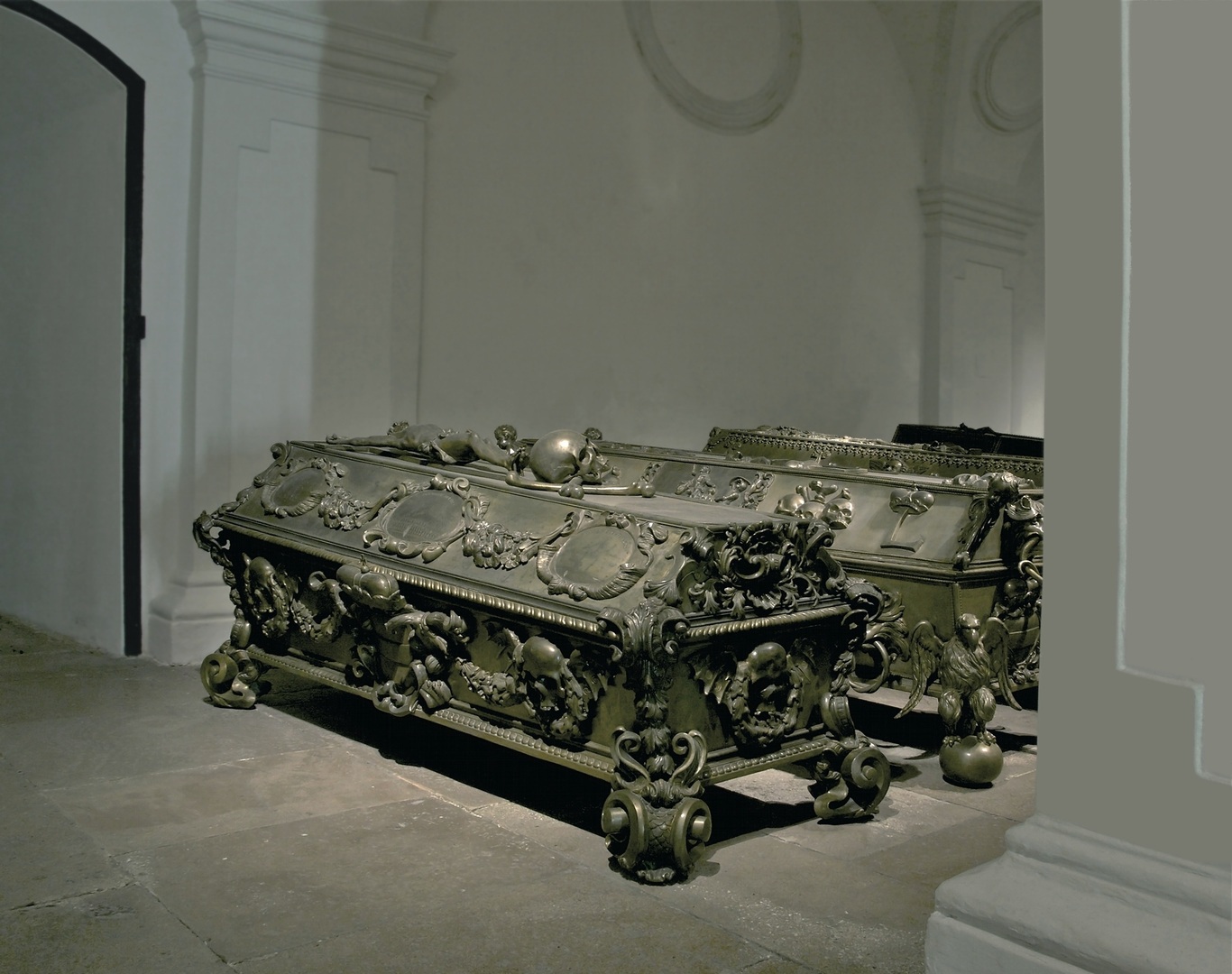
The lower two coffins in the crypt rest directly on the chamber floor without support from the walls, making them particularly vulnerable. Preservation teams must remove the upper coffin first, reinforce the structure and then use specialized lifting equipment to prevent the wood from buckling or splitting. Even minor vibrations from movement inside the chamber could cause the coffin lids to crumble.
Because the crypt was sealed so tightly, the coffins benefited from stable humidity and temperature for centuries. Now the challenge is to maintain that stability as they are exposed to air, light and modern handling techniques.
8. The crypt’s construction revealed burial customs rarely recorded in documents.

The stacked design, the sealing materials, the placement beneath the altar and the use of metal rods represent burial choices that were never described in surviving monastery writings. That makes the crypt priceless because it reveals customs that were practiced but not written about. Archaeologists now suspect that regional burial traditions may have been more varied than historians assumed.
The presence of both religious and non-religious garments also suggests that the crypt served a broader community tied to the monastery, mixing spiritual and secular lives in one sacred space.
9. The site will eventually open to the public after conservation.
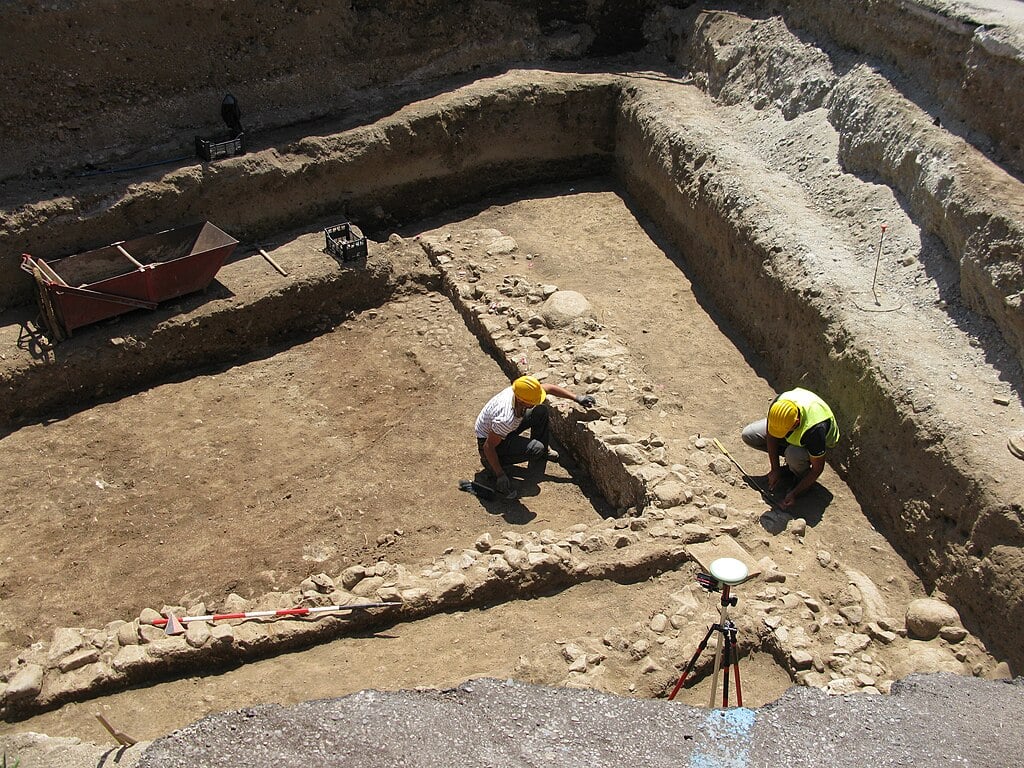
Once the coffins and artifacts are stabilized and studied, the church plans to open the crypt for guided viewing and display the garments and structural elements that can be safely presented. It gives residents and visitors a chance to see something that remained hidden for hundreds of years.
The human remains will be moved respectfully to a side crypt once analysis is complete. The exhibition will focus on the craftsmanship of the coffins, the tar sealing technique and the layered burial structure.
10. The investigation is far from finished and will grow more detailed.

Researchers will now begin DNA testing, carbon dating, textile analysis and chemical testing of the tar layers. Every piece may reveal more about who these six people were and how they lived. Even the placement of nails, hinges and fabric threads can offer clues about trade routes, craftsmanship and burial customs.
As the story deepens, the crypt that sat silently beneath a Polish monastery for centuries is finally telling its secrets. In many ways, the discovery has only just begun.
